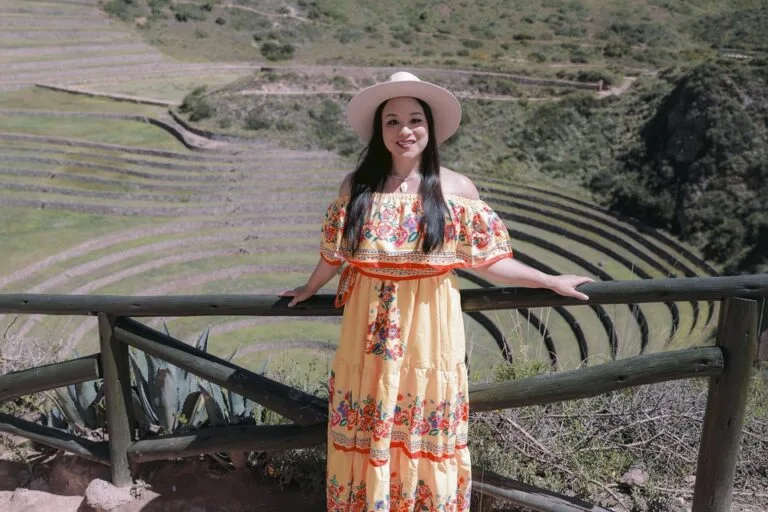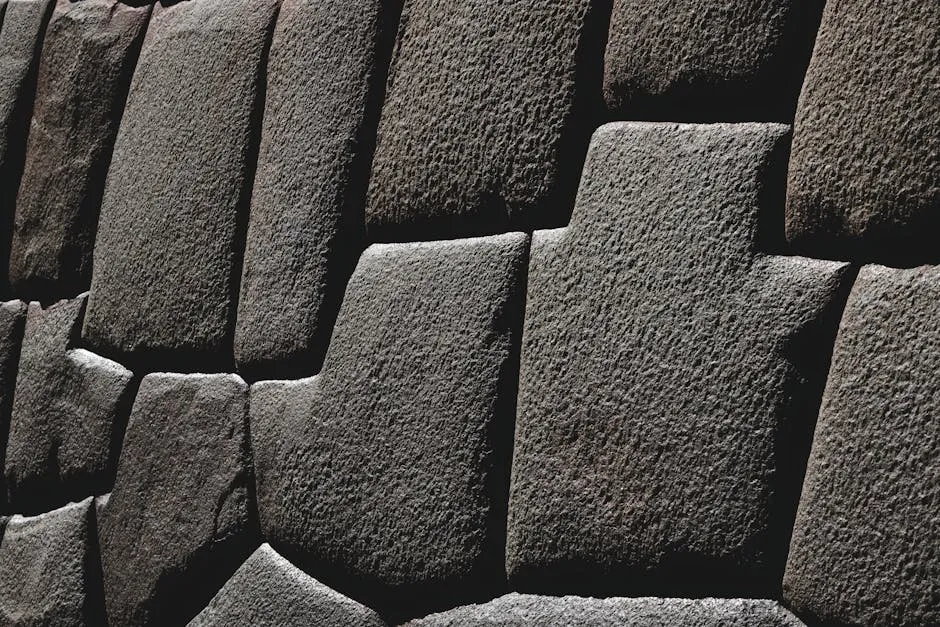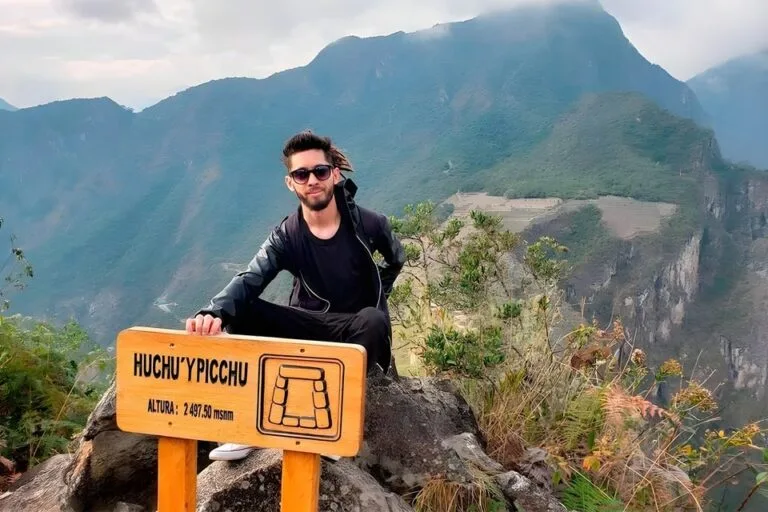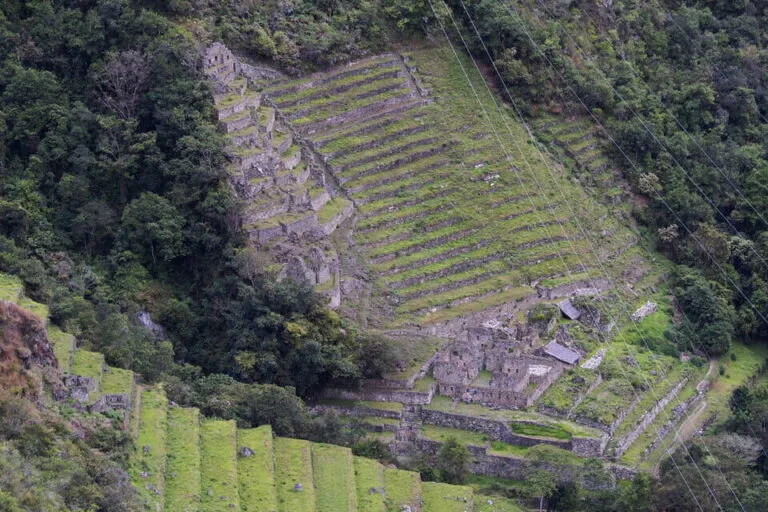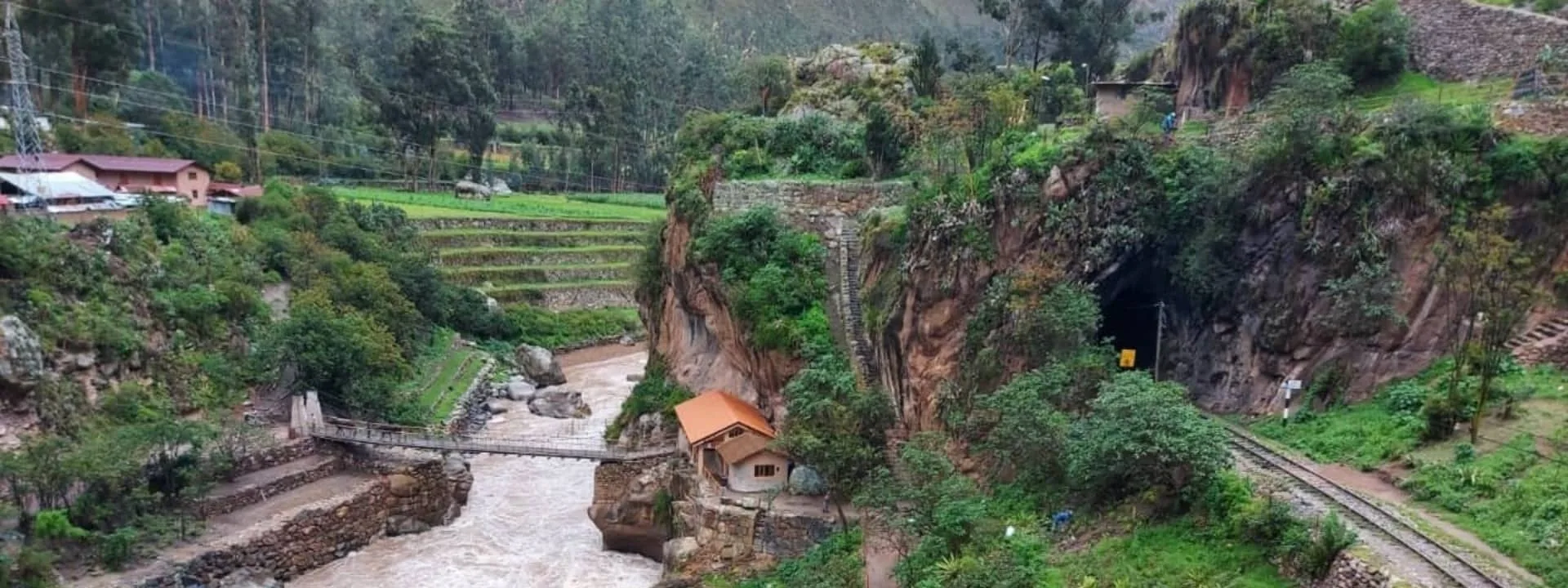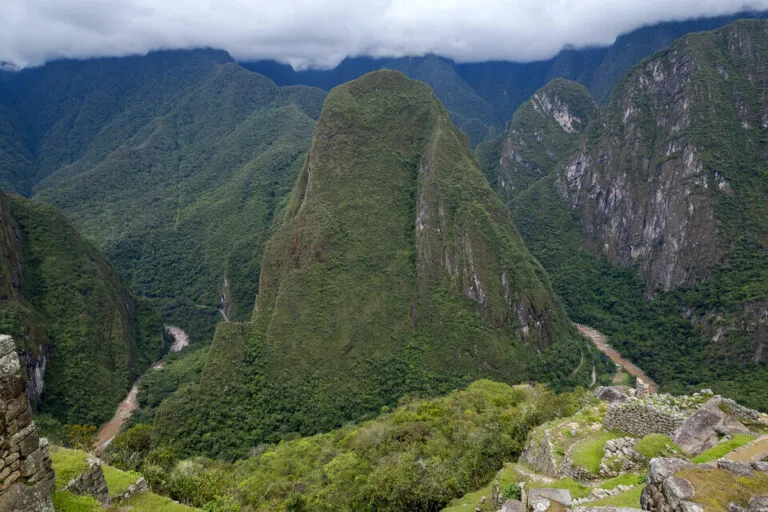Wiñayhuayna, which in Quechua means "eternally young," is one of the most outstanding and mystical treasures of the Inca Trail. Located at 2,650 meters above sea level, this archaeological site offers a unique combination of history, architecture, and breathtaking landscapes. Situated near the final stretch of the Inca Trail, Wiñayhuayna serves as one last stop before reaching the majestic citadel of Machu Picchu, providing travelers with an unforgettable experience that bridges the past and the present.
What is Wiñayhuayna?
Wiñayhuayna is an Inca archaeological complex known for its architectural design and strategic location. Surrounded by mountains and overlooking the Urubamba River, the site features agricultural terraces, water fountains, and ceremonial structures that reflect the Incas’ ability to integrate functionality and spirituality into their constructions.
The site served ceremonial, agricultural, and residential purposes, making it an outstanding example of the Inca Empire's multifunctional planning. Wiñayhuayna was not only a rest stop for travelers but also a center for rituals honoring water and fertility.
History of Wiñayhuayna
Built during the peak of the Inca Empire in the 15th century, Wiñayhuayna was part of the Qhapaq Ñan road system. It served as a strategic point connecting Machu Picchu with other important cities of the Sacred Valley.
The most prominent feature of Wiñayhuayna is its series of agricultural terraces, designed to maximize the mountainous terrain for food production. Additionally, its fountains and water channels reflect the Incas’ advanced hydraulic knowledge, used both for agriculture and religious ceremonies.
How to Get to Wiñayhuayna
Wiñayhuayna is located in the final stretch of the Inca Trail, making it an exclusive destination for those trekking along this historic route.
- Via the Classic Inca Trail: Most travelers arrive at Wiñayhuayna on the fourth day of the trek, just before continuing to the Sun Gate (Intipunku) and Machu Picchu.
- Via the Short Inca Trail: Those who choose the two-day version of the Inca Trail also have the opportunity to visit Wiñayhuayna, enjoying its views and cultural importance.
Highlights of Wiñayhuayna
Agricultural Terraces
Wiñayhuayna’s stepped terraces are one of its most striking features. These structures were used not only for growing food but also to prevent soil erosion and improve water management.
Fountains and Water Channels
The complex features an intricate system of fountains and channels that distribute water throughout the site. These structures served both functional and ceremonial purposes, symbolizing the sacredness of water in the Inca worldview.
Homes and Temples
Wiñayhuayna includes residences and ceremonial buildings, suggesting it was both a resting place for travelers and a religious center for offerings and ceremonies.
Panoramic Views
The site offers spectacular views of the Urubamba Valley and the surrounding cloud forest, creating a serene environment full of spiritual energy.
Tips for Visiting Wiñayhuayna
- Prepare for Trekking: Wear comfortable shoes and light clothing, as reaching Wiñayhuayna involves walking on steep trails.
- Bring Water and Snacks: Although the site has water fountains, carry your own supplies to stay hydrated and energized.
- Hire a Guide: An expert guide can explain the historical and cultural significance of Wiñayhuayna, enriching your experience.
- Respect the Heritage: This is a sacred site; follow local regulations and do not damage the structures or leave trash behind.


